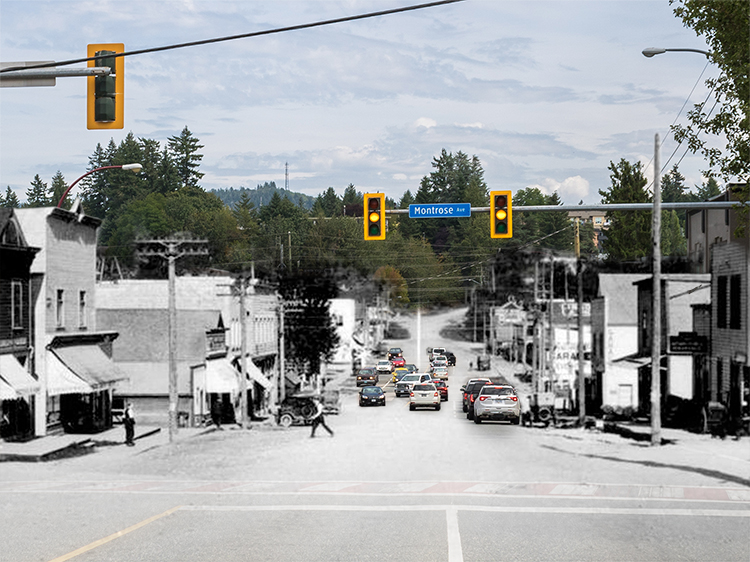 Mennonites of the Fraser Valley
Mennonites of the Fraser Valley
The Fraser Valley, British Columbia, directly north of the Canadian border with the United States and almost parallel to it, from 1928 to the mid-1950s attracted approximately 12,000 Mennonites from the Prairie provinces. The fertile soil, abundant rainfall, and the mild climate, as well as the opportunity to settle in close-knit communities, were the chief causes of the westward migration of the Mennonites, most of whom had come to Canada from Russia during the 1920s. The chief Mennonite population centers of the mid-1950s from east to west were Chilliwack, Sardis-Greendale, Yarrow, Abbotsford-Clearbrook, and the Greater Vancouver area. Scattered through the valley at this time were 24 churches; 12 Mennonite Brethren, with 76 ministers and 4,129 baptized members; 10 General Conference Mennonite, with 31 ministers and 1,736 members, and one church each of the Evangelical Mennonite Brethren and Church of God in Christ, Mennonite.
The Mennonite community in the Fraser Valley, British Columbia, played a significant role in the region's economy and education. Many Mennonites were involved in businesses such as dairying, poultry, and fruit farming. Yarrow, the oldest settlement, had numerous Mennonite-owned establishments. Mennonite cooperatives provided credit to early settlers but eventually declined due to management issues and better access to larger shopping centers.
The community faced economic challenges during a post-war slump and a devastating flood in 1948. However, government and Red Cross assistance prevented widespread bankruptcy. The concentration of Mennonites in the area facilitated the development of parochial schools, with a strong emphasis on education and the retention of the German language. Two Mennonite high schools and four Bible schools operated in the 1950s. Despite the closure of some schools due to economic difficulties and disunity, educational opportunities remained significant. The Mennonite community also had old people's homes, insurance societies, and a significant presence of medical professionals.
Politically, the Mennonites exerted their voting power and elected representatives from various parties. The Provincial Mennonite Relief Committee, later known as Mennonite Central Committee BC, served as the community's official spokesperson, addressing matters of immigration, citizenship, and social welfare. Over $961,000 had passed through its treasury by the mid-1950s, assisting thousands of individuals to migrate to Canada. Tensions between Mennonites and other residents subsided over time, and the community gained recognition for their industry and integrity.





